This website uses cookies so that we can provide you with the best user experience possible. Cookie information is stored in your browser and performs functions such as recognising you when you return to our website and helping our team to understand which sections of the website you find most interesting and useful.
Holovyn Territorial Community
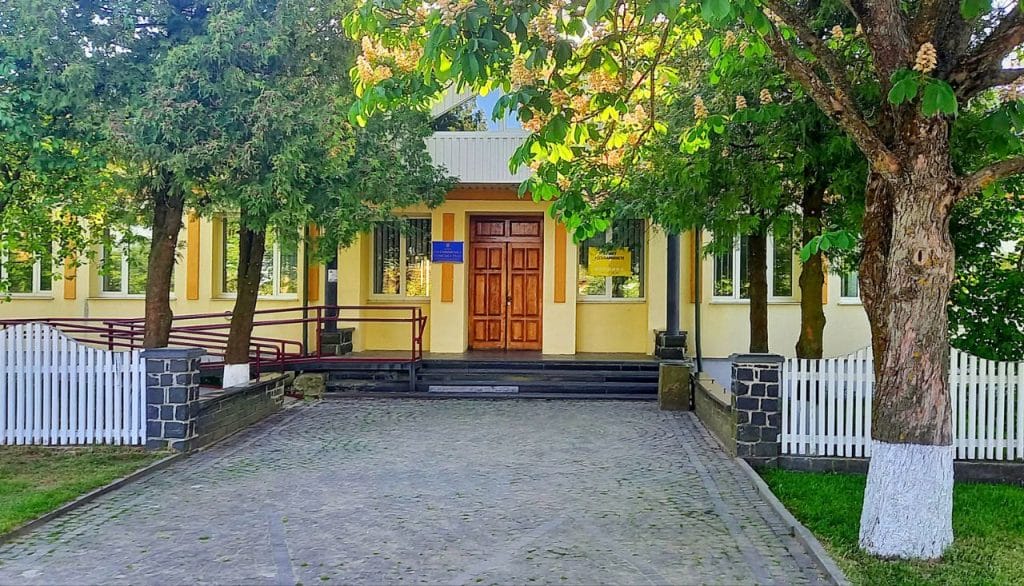
The Holovyn rural territorial community has a convenient geographical location. By road, you can reach the regional center – the city of Rivne, which is 50 km from the administrative center of the community.
The area of the community is 200.62 square kilometers.12 population centers are subordinated to the Holovyn Village Council. On the territory of the community, there are two Starosta-headed districts.
As of January 1, 2023, the population covered by the Village Council was 7,381 people.
Men: 3,558.
Women: 3,823.
Children of preschool age: 574
Children of school age: 1,211
Internally displaced persons: 417, including 141 children.
History
The exact date of foundation of the village of Holovyn is unknown. These lands have been inhabited since ancient times. This is evidenced by the finds of Roman coins in the village of Holovyn and surrounding villages. Researchers believe that in the 1st – 5th centuries representatives of the Chernyakhiv culture (proto-Slavs) lived here who maintained economic, political and cultural relations with the Roman Empire.
In 1715 the village was owned by the Czartoryski family and was home to 530 inhabitants.
In the Holovyn community, you can see a unique natural monument, which is listed among the 7 wonders of the Rivne region – Basalt Pillars.
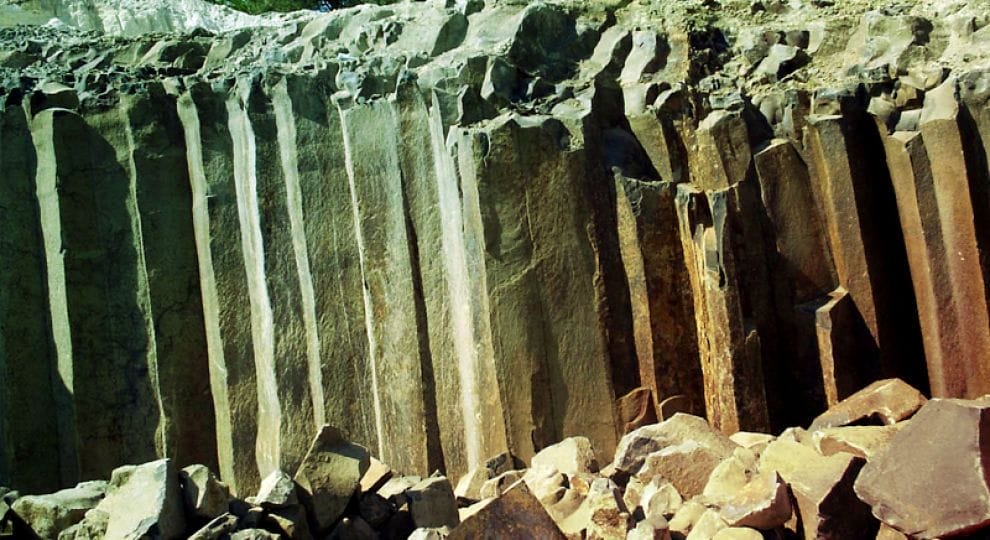
This place is called Yanova Valley. It was created by nature, and people only added to the image, which today attracts numerous tour groups and vacationers. Here they swim in the emerald lake, which appeared after the quarry was flooded by groundwater at the mining site.
Basalt was also mined in Yanova Valley during the Russian rule in the region, but only the Polish government saw the true value of the barren lands there in 1928. Instead of buying basalt from Sweden, as before, the Polish authorities launched large-scale stone mining in the Rivne region. Until 1934, thousands of workers worked in the Yanova Dolyna quarries.
Then the idea arose to build a workers’ settlement there on an area of 107 hectares. The creative development by the Austrian architect Adolf Loos was taken as a basis. Thus, in the middle of the forest and the picturesque shores of the river Horyn, a unique township appeared, which historians and architects still marvel at.
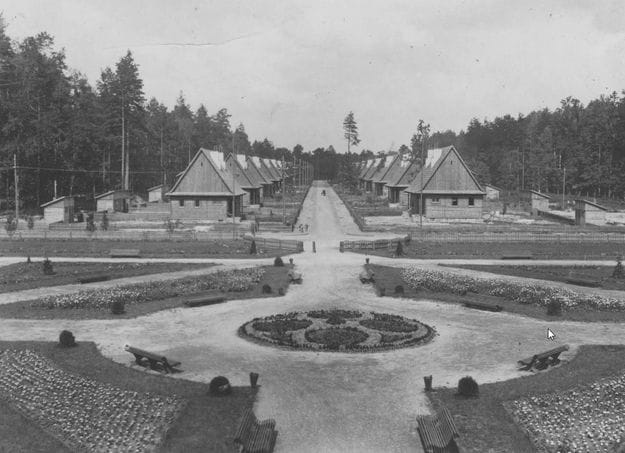
These pillars are almost 700 million years old. Scientists claim that there is no such phenomenon anywhere else in the world. The height of basalt pillars ranges from 60 centimeters to 30 meters. After the completion of stone mining, some pillars were simply left as a reminder of nature’s unsurpassed creations.
Basalt pillars are igneous rocks that split into rectangular columns in the process of natural formation. In section, the columns have different shapes: from tetrahedral to octahedral. The peculiarity of basalt is that it splits into almost even rectangular parts.
Basalt deposits were found in the 18th century, when this territory still belonged to Poland. Stone mining began in 1861. It was processed and used for paving and wall cladding.
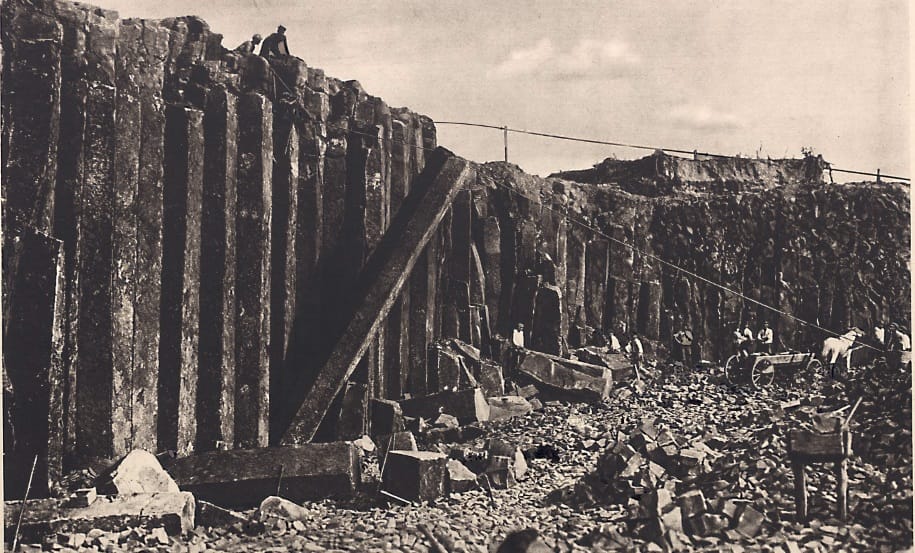
When mining in this quarry was finished, the huge pit was filled with underground water. The depth of this man-made lake sometimes reaches 30m. Due to the glycerin composition of the water and the large amount of algae that settled on the bottom, the lake acquired an emerald color.
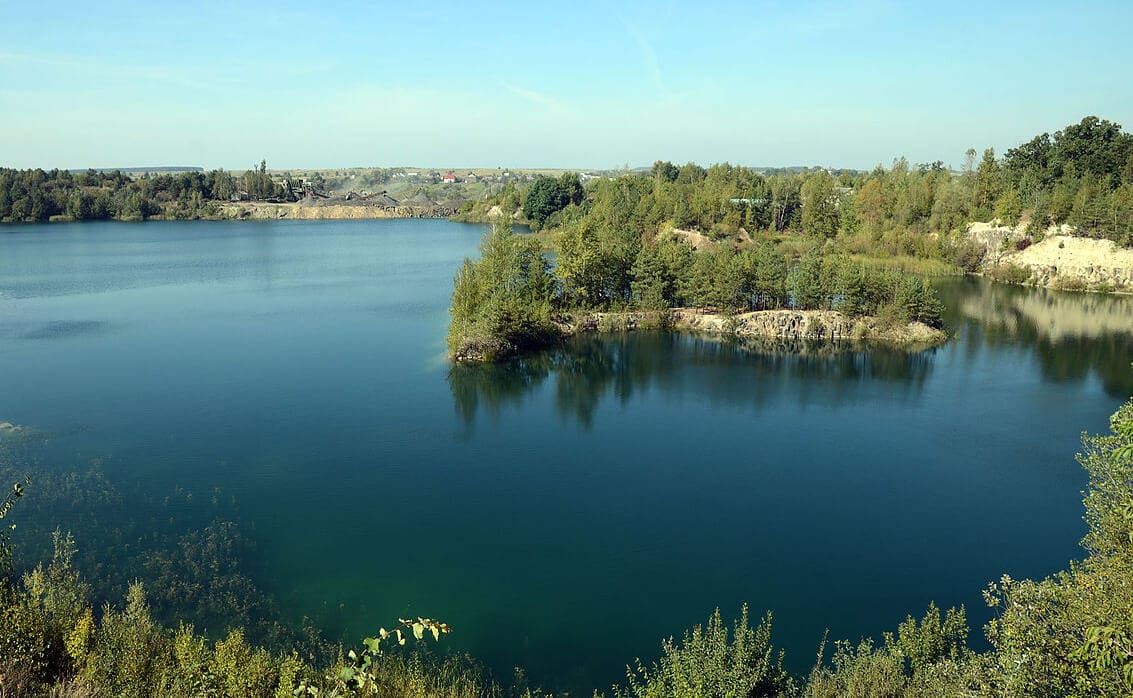
No less interesting is an architectural monument – St. Nicholas Church – the center of spiritual and cultural development of the village of Stavok on the territory of the community.
The church has a long history, because according to the “Historical-statistical description of churches and parishes of the Volyn Diocese” published in 1912, the first church in the village of Stavok was built in 1743. The villages of Stavok, Korchyn and Zlazne belonged to the parish. During the First World War, the temple was completely destroyed by fire.
The Orthodox shrine existing today was built in 1928, on the site of the old one and is located on a hill on the banks of the beautiful Horyn on the southeastern outskirts of the village.
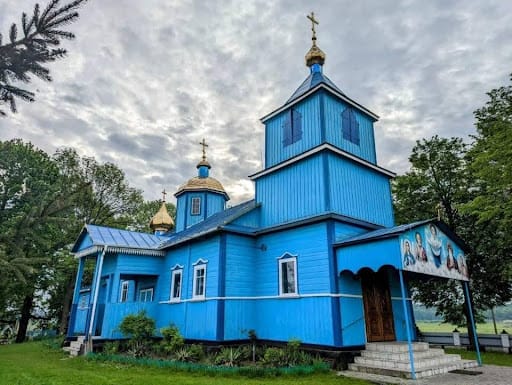
Economy and Welfare
There are 17 medium-sized businesses and 181 private entrepreneurs registered in the Holovyn community, whose activities are mainly aimed at processing natural stone – basalt.
One of the largest enterprises in this industry in the community is “Ivano-Dolynskyi spetskarier” whose main products include crushed stone of various fractions, basalt blocks and basalt paving stones. In addition, three forestry and 8 agro-industrial enterprises operate in the community, which process 3,112 hectares of land.
The education sector in the Holovyn community is operating effectively, for which the largest part of the funds is allocated from the local budget. Proper security conditions have been created in all education institutions (4 general secondary education institutions and 3 preschool education institutions), which allows organizing full-time education.
Participants in the educational process are actively involved in the implementation of projects at various levels: in 2023, the Holovyn Lyceum was awarded the opportunity to organize the DECIDE Summer Club “We are at home – in Ukraine”. In 2024, the Zvizdivka Lyceum joined the All-Ukrainian innovative educational project on the topic “Scientific and methodological support of STEM education in education institutions”.
Special attention is paid to children with special educational needs: groups are being opened in preschool education institutions (as of November 2024, 4 inclusive groups operate, in which 7 children study), in secondary education institutions, 28 children study in 22 inclusive classes; resource rooms are being created, specialists of various profiles help each child integrate into society.
The community also has 2 village culture houses, 7 clubs, and 7 public school libraries, which contributes to the formation of a cultural space and the preservation of traditions.
Since 2024, the community has launched the “Pumpkin and Honey Feasts” to preserve, restore, and popularize local cultural heritage, as well as to increase the community’s tourism potential.

A special hallmark of the community is the ethnic homestead of Maria SHERSHUN, a craftswoman specializing in weaving. Residents of the community come on excursions to the ethnic homestead to try twisting a thread and sit at the machine. Maria, with her own funds, reformatted the space of the hut into an ethnic homestead for master classes and creative meetings. In 2024, the craftswoman received grant funds from The Change to arrange a venue for weaving workshops.
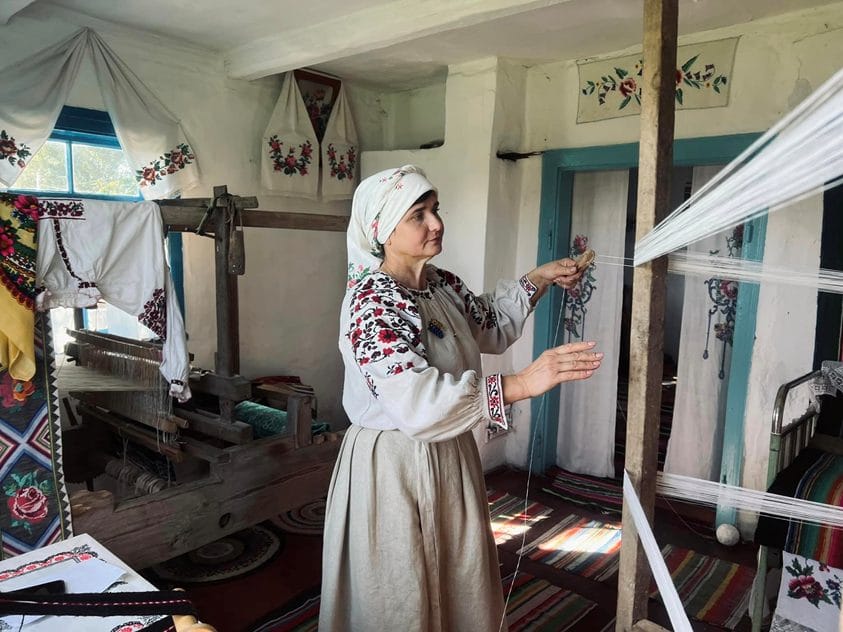
On the territory of the community, at the Zlazne Lyceum, the “Patriot” volleyball club for all ages operates.
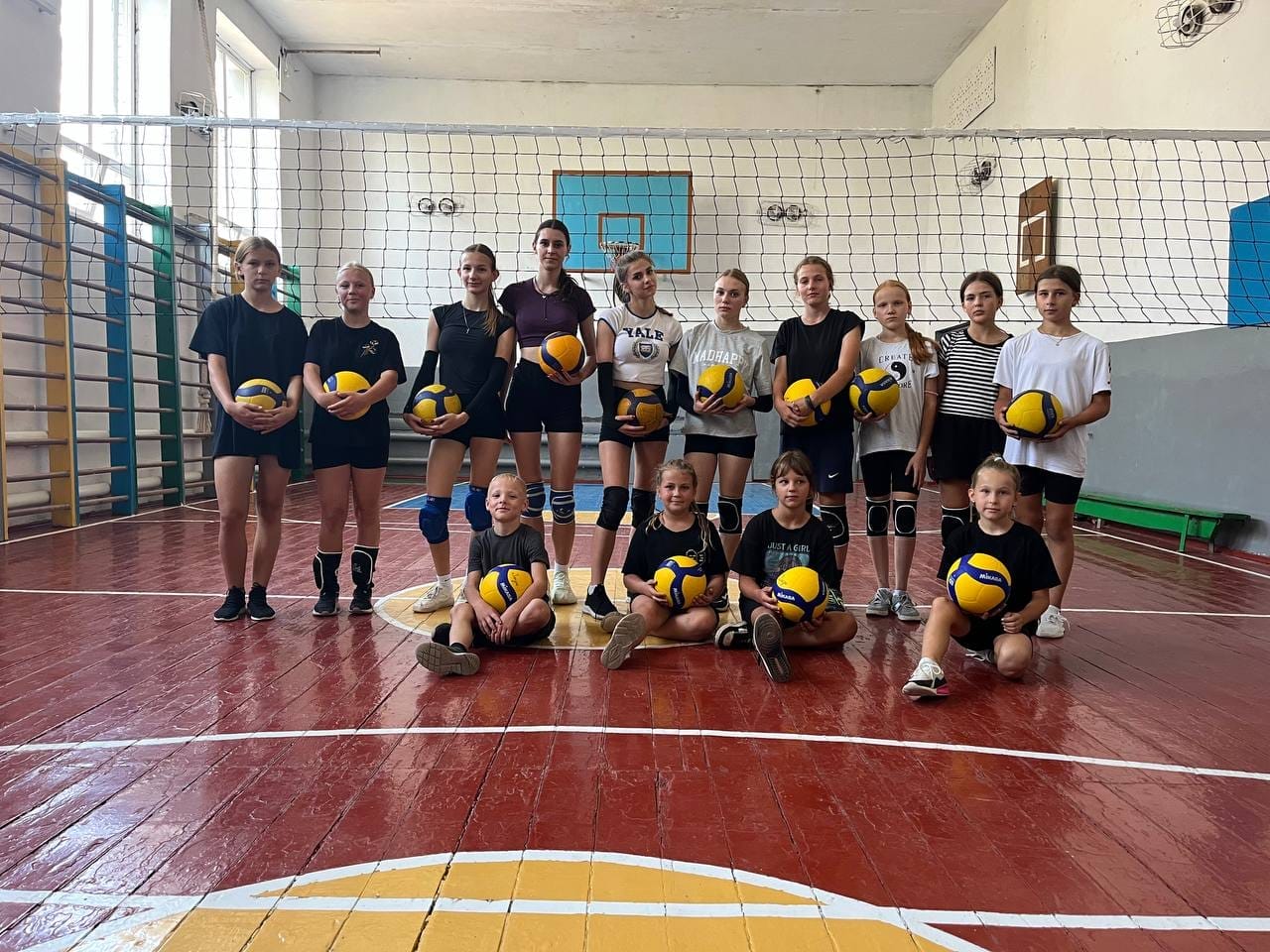
Community and War
Due to its location and remoteness from active combat zones, the Holovyn territorial community has become a safe haven for 417 people since the beginning of the full-scale invasion.
All educational and cultural institutions have turned into permanent volunteer centers.
On a permanent basis, the residents of the community join in supporting the soldiers of the armed forces by holding charity fairs, contests for fundraising and transferring donations to meet the requests of compatriot military personnel. Thanks to this, community volunteers regularly visited our defenders at the front and handed over various supplies necessary for our victory.
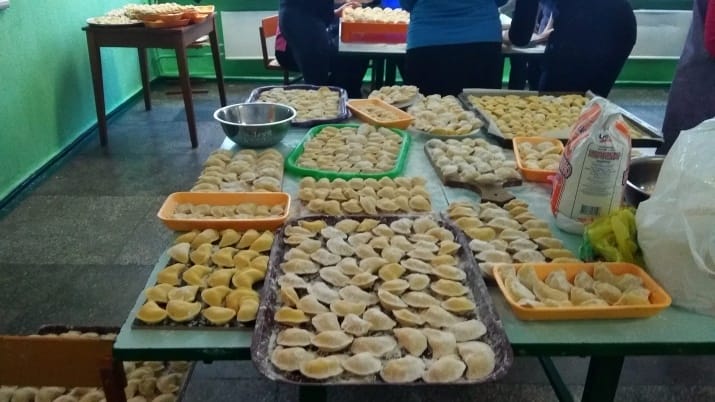
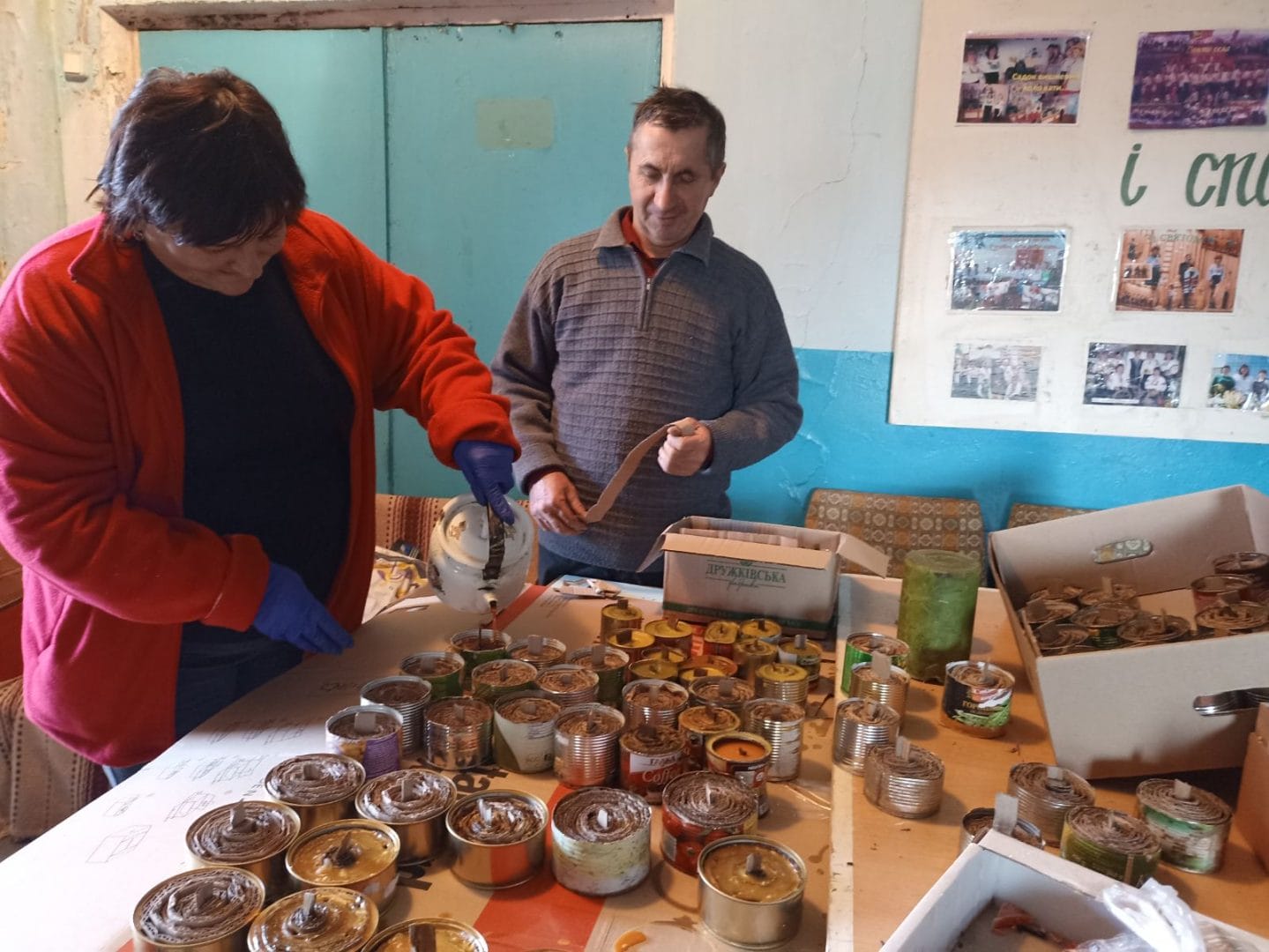
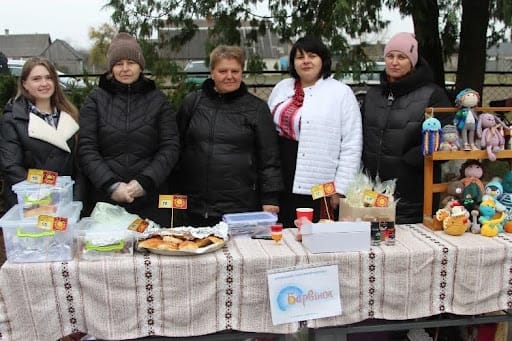
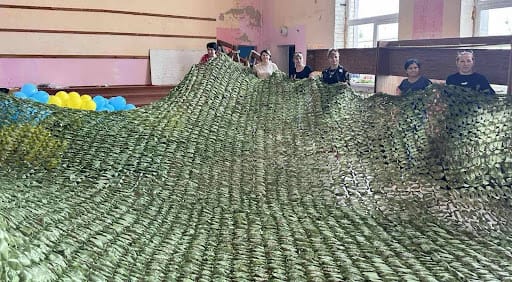
People of the Community
Bachuk Oleksandr has been heading the Holovyn territorial community since its creation in 2019.
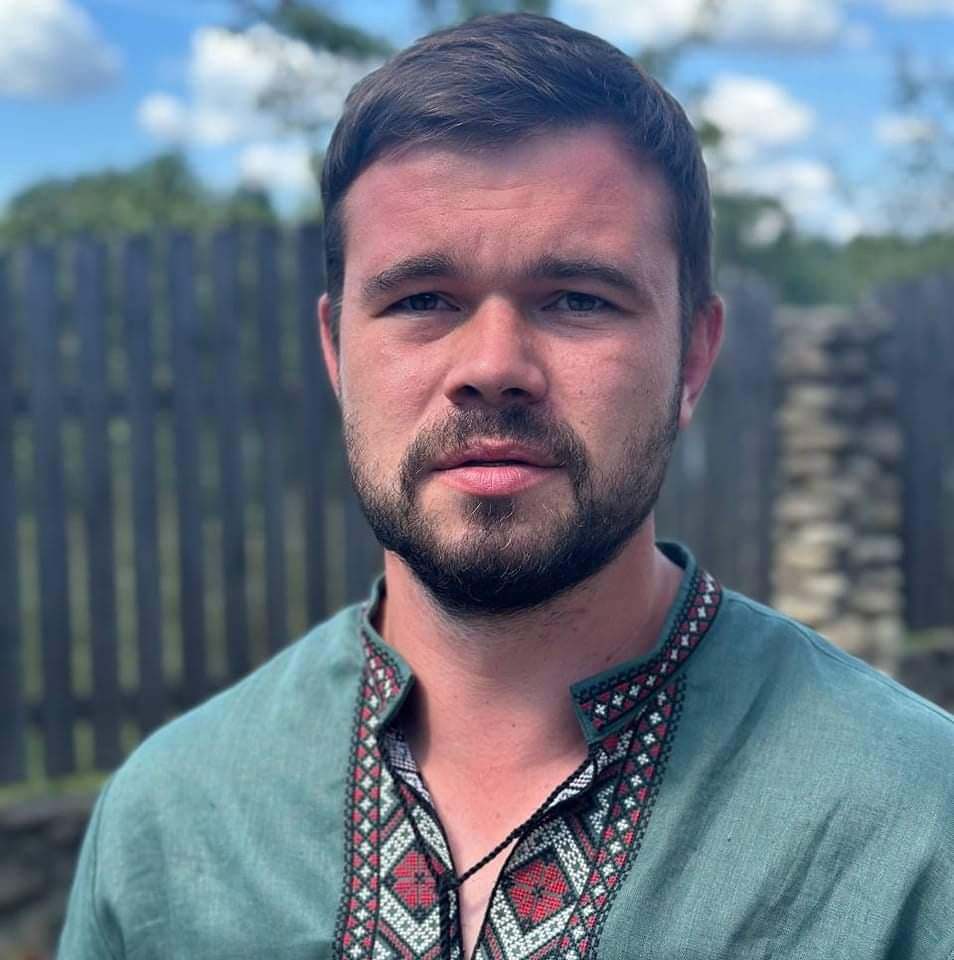
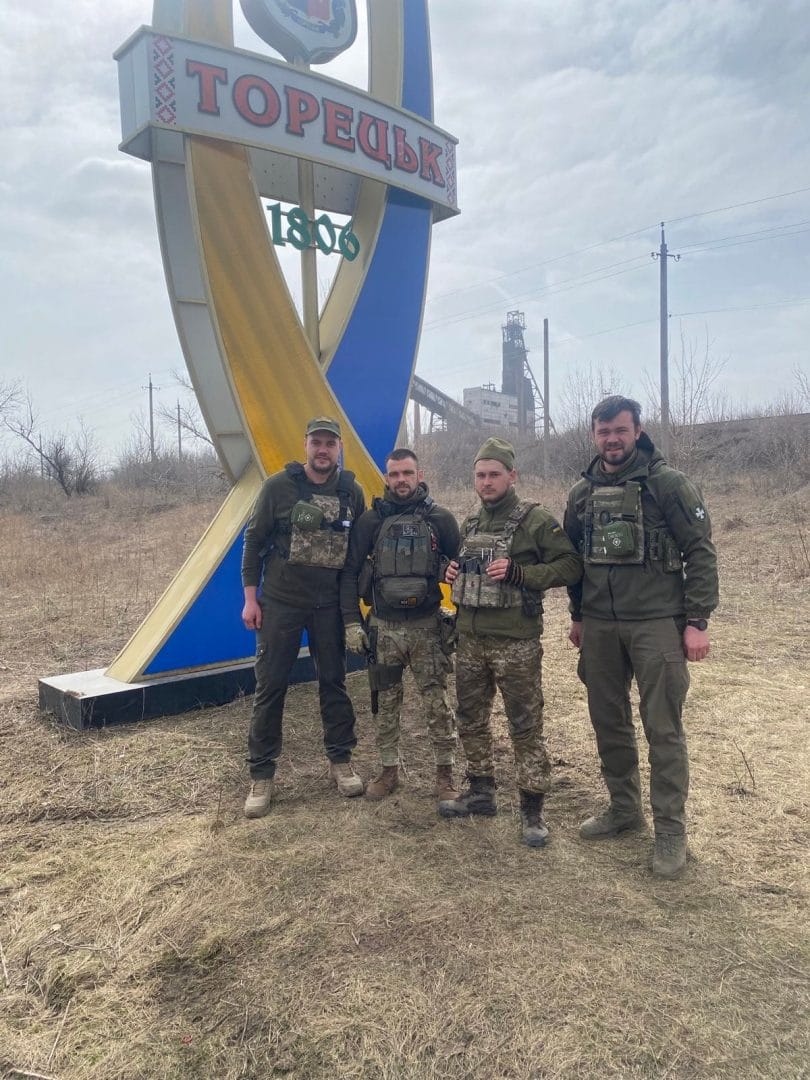
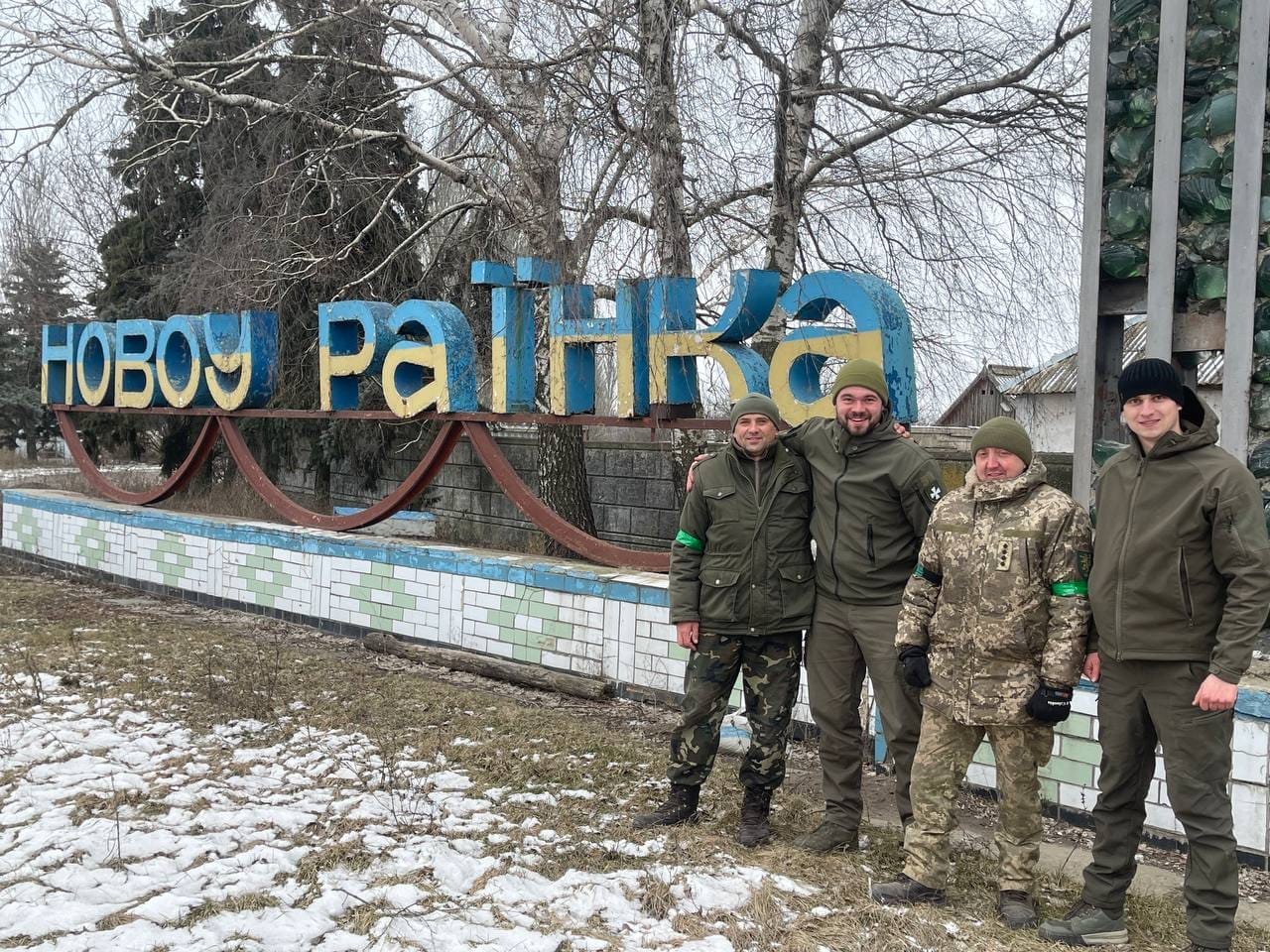
Before a full-scale invasion, much attention was paid to development of the community infrastructure: repair of roads and bridges. With the beginning of the great war, the priority became the support of soldiers who were mobilized from the community. The Village Head himself repeatedly traveled to the east with a volunteer mission.
During the full-scale russian invasion of Ukraine, many residents of the Holovyn Territorial Community joined their efforts for the future victory over the enemy. In particular, the deputy of the village council Valerii Hlushchyk joined the ranks of the Armed Forces of Ukraine from the first days of the war and to this day defends our future decently with weapons in hand.
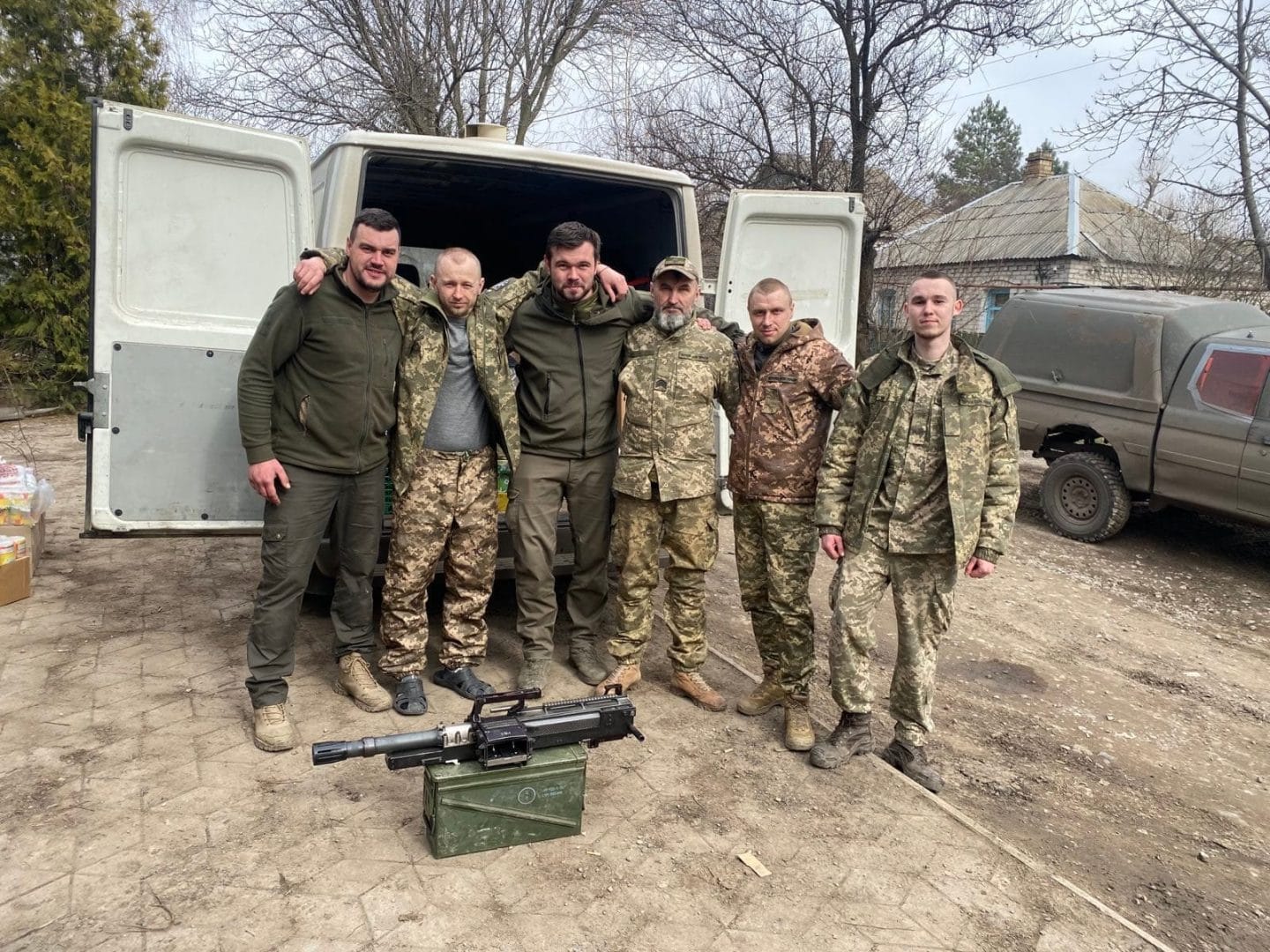
Development Strategy
The Holovyn rural territorial community aims, in the long term, to become an attractive tourist region with a developed social infrastructure, energy-efficient economy, prosperous small and medium-sized businesses, developed rural tourism and satisfied residents.
The following work is planned as part of the priority areas of activity and tasks:
- Introduction of a system of separate garbage collection in order to increase the environmental safety of the Holovyn territorial community.
- Creation of infrastructure for household waste management and conclusion of contracts for collection and removal of solid household waste.
- Reconstruction of household sewage treatment facilities in the settlement of Bazaltove.
- Overhaul of the water supply network in the village of Berestovets.
- Promotion of the development of farming in rural areas.
- Thermal modernization and energy efficiency improvement of buildings of state-financed institutions.

